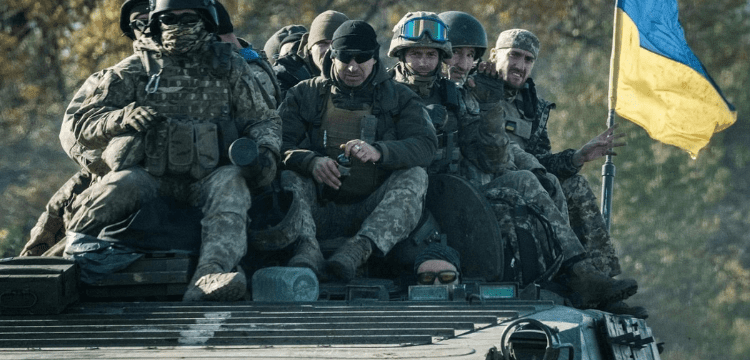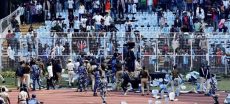[vc_row][vc_column][vc_column_text dp_text_size=”size-4″]Deserted since the world’s worst nuclear disaster in 1986, the exclusion zone surrounding the decommissioned Chernobyl power plant in northern Ukraine is one of the most inhospitable places on the planet.
But for Ukrainian troops resisting Russian forces, it has become a crucial training ground.
Covered in camouflage net, a Ukrainian army truck mounted with anti-aircraft gun snakes through bare trees in the exclusion zone, just 15 kilometres (9 miles) from Ukraine’s border with Moscow-ally Belarus.
Nearby, a tank carrying Ukrainian soldiers moves across a plain on the edge of the forest, rolling over patches of melting snow.
With a signal, a group of soldiers launch a practice assault and make their way towards the forest.
Many of the men here are not professional soldiers.
They were either called up or decided to join the army after Russia conflict with Ukraine started nearly a year ago.
“I am a math teacher. I did not have military training,” said Vasily, one of the servicemen taking part in the drills.
The day Russia attacked, he said he did not have to think twice before signing up to fight.
“On the 24th, I was putting my affairs in order and on February 25, I signed up for the territorial defence,” he added.
He said he has no doubts that Ukraine’s border with nearby Belarus, an ex-Soviet country that last year allowed Russian troops to use its territory as a launchpad for its attack, is securely guarded.
“Our border is locked down and no one will fly through here,” Vasily said.
Chernobyl’s number four reactor exploded on April 26, 1986, causing a nuclear accident that killed hundreds and spread radioactive contamination.
The plant, where the destroyed reactor is kept under a concrete and lead sarcophagus, is now surrounded by a 30-kilometre (20-mile) exclusion zone.
The defunct power plant was quickly captured by Russian forces on February 24 last year, the first day of the invasion.
Russia remained in control for several weeks, sparking fears for the well-being of the 100 or so technicians who work at the site.
While the Russian army has withdrawn from the plant, the threat of its forces stationed just across the border in Belarus still remains.
“There is still a division of troops that continues to train on Belarusian territory,” said Sergiy Nayev, a high-ranking officer in the Ukrainian army.
“The goal is to repel an enemy offensive from the side of the Republic of Belarus and prevent a landing,” he added.
[/vc_column_text][/vc_column][/vc_row]











